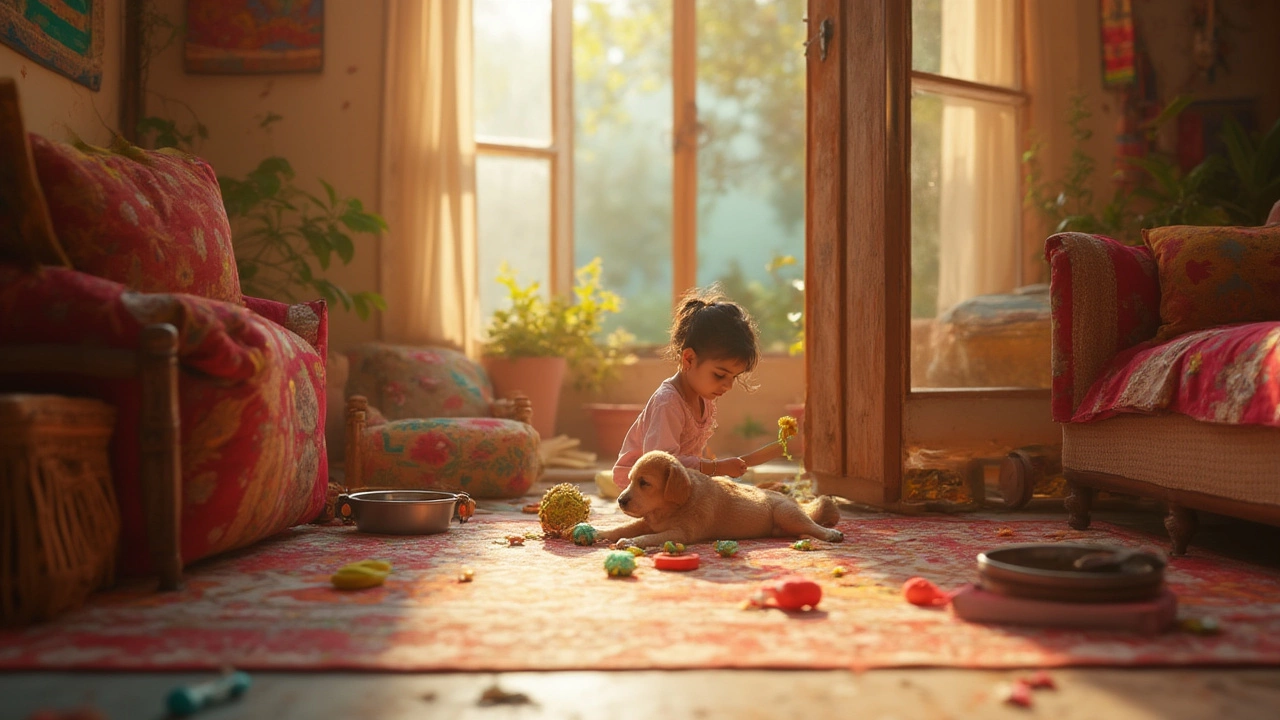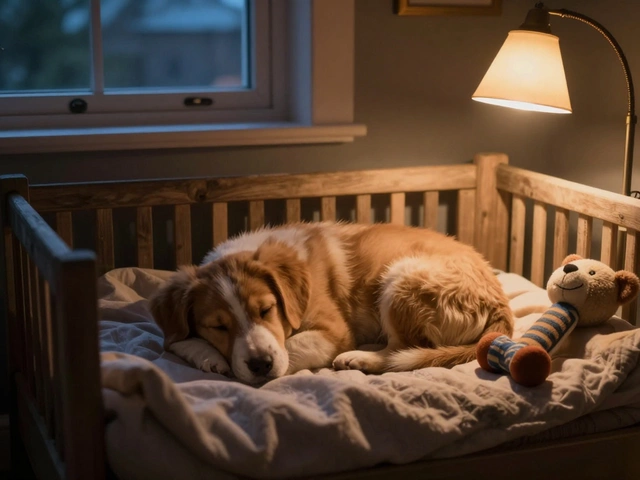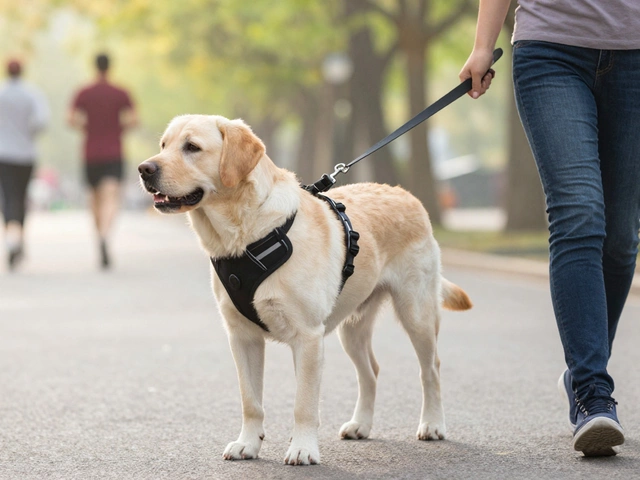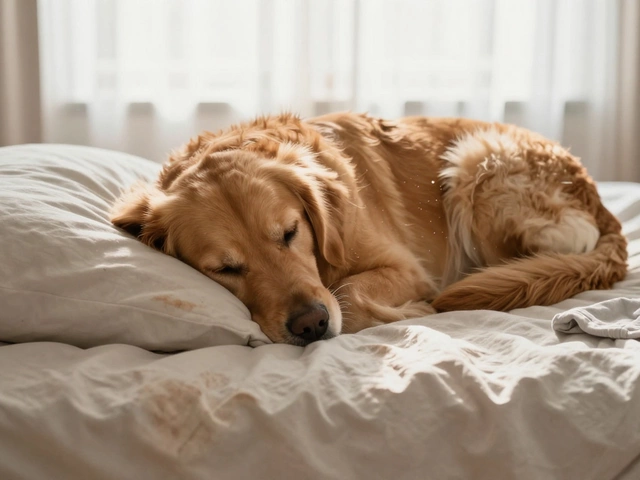Bringing Home a Puppy: What to Expect and How to Start Right
So you’ve just decided to add a wagging tail to your family. Congratulations! The excitement is real, but the reality can catch you off guard. A new puppy means tiny shoes on the floor, sudden midnight wake‑ups, and a budget that can grow fast. This guide pulls together the biggest surprises, the hidden costs, and a straightforward 30‑day plan that lets you and your pup settle in without losing your mind.
Hidden Costs and Sleep Deprivation
Most people think the biggest expense is the puppy’s food, but the bill goes deeper. You’ll need a crate or safe sleeping area, chew toys, a starter kit of grooming tools, and possibly a vet visit for shots and deworming. Expect $200‑$400 in the first month just for the basics. Add in a few unexpected vet trips and you’re quickly looking at $600 or more.
Sleep? Forget about eight‑hour nights for at least two weeks. Puppies need to go out every two to three hours, and they love to chew on anything within paw’s reach. Setting a consistent bathroom schedule and keeping a close eye on their cue signs (sniffing, circling) saves you from messy accidents later. A simple tip: use a night‑light in the hallway so you can spot them without fully waking up.
First 30 Days: A Simple Plan
Day 1–7: Focus on safety and routine. Puppy‑proof the rooms they’ll use, set up a feeding spot, and start a bathroom timer (usually after meals, naps, and play). Keep training sessions under five minutes – just a command and a treat – so they stay engaged.
Day 8–14: Introduce short leash walks and basic “sit” and “stay” cues. Keep the leash loose; the goal is to make the world feel big but not scary. If you’re training indoors, use a designated potty pad as a bridge until they get comfortable outside.
Day 15–21: Gradually extend alone time. Put them in their crate for 10‑15 minutes while you do a quick chore, then increase to half an hour. This builds confidence and reduces separation anxiety later.
Day 22–30: Add a new chew toy or puzzle feeder each week. Variety keeps them mentally stimulated and helps prevent destructive chewing. By the end of the month, they should be handling basic commands, have a predictable bathroom rhythm, and be comfortable sleeping through short intervals alone.
Remember, every puppy moves at its own pace. If something feels too fast, slow down. The goal isn’t a perfect pup in a month; it’s a happy, healthy companion who trusts you. Keep the tone light, celebrate tiny wins (like a successful potty outside), and don’t sweat the occasional slip‑up. With the right plan, you’ll both settle into a routine that feels natural, and you’ll enjoy more wagging tails than sleepless nights.

Surviving the First 48 Hours with a New Puppy: Essential Tips for a Smooth Start
New puppy at home? Here’s how to handle those chaotic first two days, from prepping your space to surviving sleepless nights and bonding with your pup.
read more



